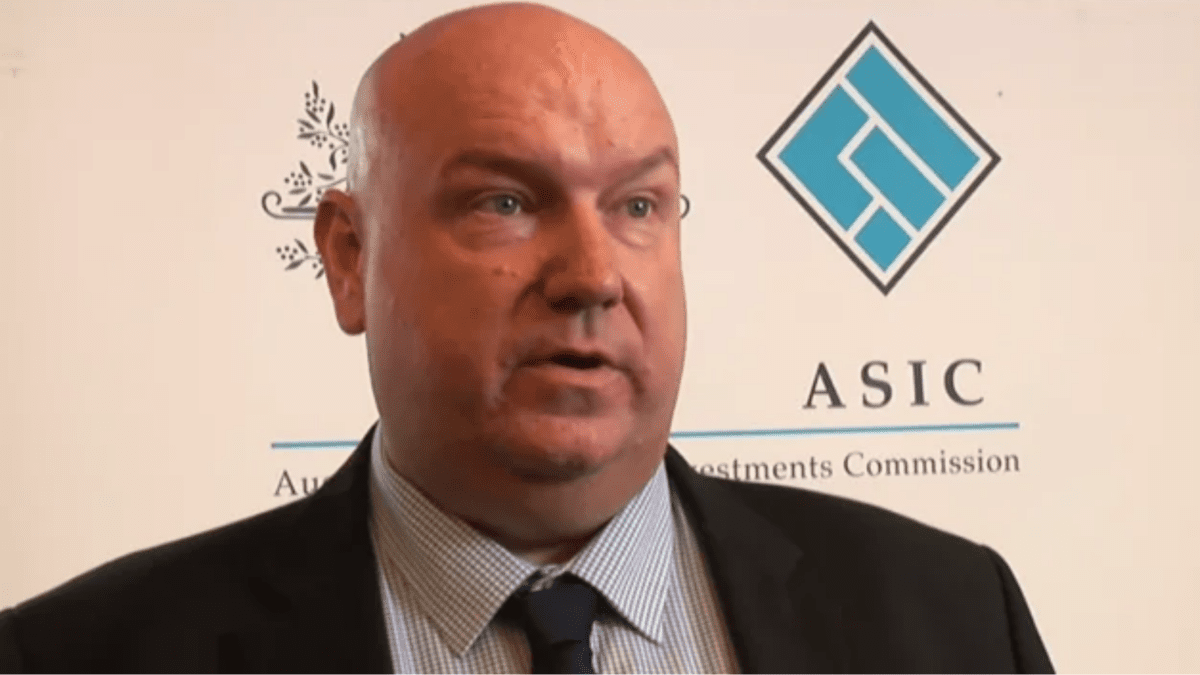ACCC to probe deposit rates as CBA, NAB report huge profits
The Australian Competition and Consumer Commission has announced an inquiry into banks’ deposit interest rate settings, including the relative speed at which rate hikes are passed through to borrowers and depositors, as record profits prompt criticism of the sector.
Throughout the Reserve Bank of Australia’s inflation-fighting campaign, which has seen the cash rate increase from 0.1 per cent to 3.35 per cent in a matter of nine months, banks have been quick to fully pass higher rates through to borrowers via increased interest rates on home loans.
Increases in rates on deposit products, however, “appear to have typically been smaller and less consistent,” the ACCC said in a February 15 statement announcing the inquiry’s launch. “In many cases, banks have only applied increases in the cash rate to some of their deposit products, often with conditions attached.”
Meanwhile, UBS has forecast the big four Australian banks will report record combined cash profits of $33.5 billion in 2023, up from $28.5 billion last year and surpassing 2017’s record of more than $31 billion, with the rising cash rate playing a large role in the recent outperformance.
The inquiry is in response to Treasury’s request that the commission investigate Australia’s retail deposit market and follows recent public comments by Treasurer Jim Chalmers indicating the discrepancy in deposit and borrowing rates warranted scrutiny.
It will investigate the rates paid on funds deposited in retail products and banks’ strategies in setting them, as well as banks’ use of these products as a source of their credit funding, among other things.
“We welcome this direction from the government to shine a light on the retail deposit market and rate-setting decisions of banks,” ACCC Chair Gina Cass-Gottlieb (pictured) said.
‘Strong, resilient banks’
The inquiry’s launch coincided with Commonwealth Bank of Australia’s February 15 announcement of a record $5.15 billion profit for the half-year ending December 31, up 9 per cent from a year earlier. National Australia Bank the following day reported its first-quarter 2023 results, including $2.15 billion in unaudited cash earnings, an 18 per cent jump from the previous half-year’s quarterly average.
“The higher interest rate environment, resulting from central bank actions to curb inflation, has benefitted our revenue this period,” NAB CEO Ross McEwan said in a trading update.
CBA, which also announced an interim dividend of $2.10 a share and plans for a $1 billion share buyback, noted that a 19 per cent increase in its net interest income “was primarily driven by a recovery in net interest margins in the rising rate environment, and organic volume growth in home, business and institutional loans”.
At the same time, it said, loan impairment expenses for the first half of 2023 increased by $586 million to $511 million, “reflecting ongoing inflationary pressures, rising interest rates, supply chain disruptions and the decline in house prices”.
CBA chief executive Matt Comyn also maintained in the bank’s results briefing that CBA has generally taken between 10 and 15 days to pass pricing changes on to both loans and deposits in recent years.
While acknowledging that cost-of-living pressures are creating challenges for some borrowers, the banks have said customers on the whole are still well positioned to manage the changing circumstances, pointing to strength in the labour market and the fact that households have built up substantial savings buffers.
RBA Governor Philip Lowe echoed that sentiment in comments before Senates Estimates, also on February 15, saying banks are proactively working with borrowers, including the 800,000 mortgage holders expected to switch from fixed to floating-rate mortgages this year, and that the share of the population behind on a mortgage is still almost at a record low.
“People are really hurting and I understand that, but I also understand that if we don’t get on top of inflation it means higher interest rates and more unemployment,” Lowe said.
“The banks are profitable, it’s true, but that’s a positive for the country,” he added. “I know that’s hard for people to accept when they’re suffering problems with their personal finances, but the country is better off from having strong, resilient, effective banks that can provide the services we need.”









